By Dr. Nallely Ibarra / December 16, 2020

What is Small Intestine Bacterial Overgrowth or SIBO?
Did you know that approximately 20% of the world population have been diagnosed with Irritable Bowel Syndrome (IBS)?
IBS is the number one gastrointestinal complaint in the world. (1)
Those with IBS commonly suffer from abdominal pain, constipation, diarrhea (or alternating), and indigestion.
IBS is actually a broad gastrointestinal diagnosis that is given to a patient with gastrointestinal issues when other health conditions (such as ulcerative colitis and Crohn’s disease) have been ruled out.
In essence, there is no explanation for the issues!
However, emerging studies suggest that about 60-80% of all IBS is actually due to Small Intestinal Bacterial Overgrowth (SIBO).
SIBO is exactly what is in the name, overgrowth of bacteria in the small intestine, where most of our digestion and nutrient absorption is happening. While it is a normal and a necessary occurrence to have bacteria in our large intestine, it is not normal to have large amounts of bacteria in the small intestine.
Common SIBO symptoms include, excessive gas and bloating, frequent belching, indigestion, diarrhea or constipation, acid reflux, and anxiety. Sound familiar?
Well, I am no stranger to those symptoms, as I have had my own SIBO diagnosis. I am excited to share my personal experience with you later in this article.
To help you understand this better let me explain how our digestive system works.
Digestion begins in our mouth, as we begin to chew and swallow, our food then goes down through our esophagus, to our stomach, where stomach acid and digestive enzymes begin to break down our food. As our food is being broken down it reaches our small intestine for nutrient absorption. Lastly, our waste product goes to our large intestine to then be excreted through our stool via the rectum.
Furthermore, our small intestine is divided into three sections, the duodenum, the jejunum, and the ileum. The ileum is then connected to the large intestine via the ileo-cecal valve. This valve should only allow food to go into the large intestine, not the other way around. When the valve opens into the small intestine, this allows for bacteria to be introduced into the small intestine, thus allowing for bacterial overgrowth.
Now, did you know that our digestive tract houses TRILLIONS of bacteria, often referred to as the gut flora or microbiome?! A healthy microbiome is important for regulation of the immune system, digestion, nutrient absorption, and vitamin production.
A certain amount of bacteria should be present in each section of our digestive tract for optimal health. Here is a breakdown of the amount of bacteria by colony forming units per milliliter of a healthy digestive tract (1)
As you can see, there should only be very small amounts of bacteria in the small intestine in comparison to the large intestine.
Therefore, SIBO can be diagnosed when there is bacteria greater than or equal to 10,000 cfu/ml in the small intestine.
Why is a little bacteria in the wrong location such a huge deal?
Well.. because these bacteria ferment carbohydrates and fibers into gases that can damage the small intestine and cause symptoms of malabsorption, gas, bloating, belching, abdominal discomfort, etc.
There are three different types of gases this fermentation process can release depending on the bacteria that are present, hydrogen gas, methane gas, and hydrogen sulfide gas. These gases can lead to an array of symptoms ranging between mild to severe intensity.

SIBO symptoms can range from mild to severe and not all symptoms may be present at once.
In addition to causing unwanted symptoms, SIBO can also lead to malabsorption which over time can lead to deficiencies of iron and B12, often resulting in anemias.
Yes, SIBO can significantly interfere with daily life and unfortunately is often overlooked by medical providers.
If you are diagnosed with IBS, or are currently thinking “hmm.. This sounds a lot like me.” Take a look at the list of SIBO symptoms I have listed below to see how many you currently have.
Common Symptoms (1):
Additional signs and symptoms (2)
SIBO can also cause microvilli damage (or damage to the lining of the intestine) which can lead to gut or intestinal permeability. Intestinal permeability refers to loosening of the tight junctions in the intestinal wall allowing food to pass through the intestine lining, ultimately leading to food sensitivities, histamine intolerance, and damage to brush border enzymes of the small intestine.
This damage can cause many unwanted symptoms, such as GI upset, headaches, joint pain, brain fog, allergies, weight gain, and many others.
Histamine intolerance on the other hand refers to reactions to histamine containing foods such as fermented food like kimchi and sauerkraut.
Lastly, brush border enzymes are substances released by certain organs such as the stomach, pancreas, gallbladder, and small intestine, which aid in the digestion of food.
For example, in SIBO there can also be bile acid destruction. Bile acids are released by the gallbladder to help digest fat and get it absorbed. This can lead to malabsorption of fat soluble vitamins such as: A, E, D, K, and essential fatty acids. Other nutrient malabsorption includes vitamin B12, magnesium, and iron. Malabsorption creates deficiencies in nutrients our body needs for optimal living. These deficiencies can impact energy, cognition, muscle relaxation, and immune function.
There are 3 main types of SIBO each characterized by which gas is dominantly produced, and the resulting unique symptom picture.
| Methane | Hydrogen | Hydrogen sulfide |
| Constipation | Diarrhea (or alternating diarrhea and constipation) | Diarrhea or Constipation |
| Nausea | Abdominal cramping | Foul gas |
| Belching | Fibromyalgia | Bladder and joint pain |
The current SIBO breath test can only detect methane and hydrogen gas SIBO. Current technology can not detect Hydrogen sulfide, and therefore the diagnosis can only be made by assumption based on symptoms and if the SIBO breath test results are essentially flatlined. On the other hand, it is also possible to have elevated numbers of both methane and hydrogen gas, in which case the diagnosis would be either “hydrogen dominant SIBO” or “methane dominant SIBO.”
Although SIBO is still under research, it is currently associated with several possible causes and risk factors, including but not limited to (3):
Many of the factors listed above have one thing in common, they impair the gut motility (6). This means the proper flow of food from mouth to anus is disrupted.
This flow is primarily disrupted in two ways, through structural changes (such as a tumor compressing the intestines) blocking digestion, and by damaging the part of the nervous system (the migrating motor complex (MMC)) that controls this movement through our intestines.
The job of the MMC is to cleanse the intestines every 90 minutes between meals, to stimulate digestion and move food along the digestion tract. When this is compromised food and bacteria can begin to build up in the digestive tract causing bacteria to grow in locations that it should not be resulting in SIBO.
This being said, it is important to understand that the underlying cause is not always able to be determined.
The easiest and most cost-effective way to diagnose SIBO is through a 3 hour breath test (6). This test does require the patient to take certain steps to prepare for the test, but overall it is quick and painless.
Step 1: Abstain from strenuous exercise for twenty four hours prior to testing
Step 2: Eat a restricted diet for the first twelve hours of that twenty four hour period. During the period only eat eggs, white bread, white rice, baked fish, chicken, or beef without seasoning. No other foods are allowed! This is probably the hardest part in preparation for the test.
Step 3: Fast for the remaining twelve hours. Only water is allowed.
Step 4: Wake up at least one hour before initiating the breath test.
Step 5: To begin the actual testing, blow into a sealed tube for about two seconds. This will be the baseline tube.
Step 6: Once the baseline tube is obtained, drink a lactulose solution mixed in 8 oz of water. This lactulose solution is included in the SIBO breath test kit.
Step 7: Every 20 minutes thereafter for the next 180 minutes blow into a separate tube for two seconds. Be sure to document the time.
Step 8: Send or take in the test for processing.
Unfortunately, this test is not covered by insurance, as it is considered a specialty laboratory test. Don’t fret! The price is by no means outrageous generally ranging between $200-$375.
And take it from me, it's worth every penny if you are battling SIBO.

Before we go any further, let me preface that SIBO is not treated by every doctor. This is because SIBO is still an emerging diagnosis in the conventional arena.
In fact, to my surprise, after discussing SIBO with one of my osteopathic medical doctor colleagues, I came to find out this was not a condition taught at her medical school.
To this day I am shocked that other medical schools are omitting research documented conditions from their criteria!
While this condition is taught to naturopathic medical students, it is best treated by a physician that has extensive knowledge on this topic, as SIBO is often stubborn to treat and can even become chronic.
Fortunately, throughout the treatment process, there are many therapies that can provide symptom relief.
Although I learned about this condition throughout my medical school training, I began to dive deep into this subject after my own SIBO diagnosis in the beginning of 2020.
My symptoms first started in 2018, but initially I didn’t think much of it, since my symptoms were mild, just a bit of left lower abdominal pain that would come and go.
Then I began to experience a sensation of air “stuck in my chest” only relieved by belching, also high amounts of anxiety, which had never before been a characteristic of my personality.
Although the anxiety began to consume my life, I did not connect it to my GI tract since all other symptoms were mild. I began natural therapies I knew improved anxiety, such as GABA, magnesium, and prayer which provided relief.
Over time, I developed intense abdominal pain, extreme bloating after meals, and acne on my forehead. To make things worse, I began having alternating episodes of loose stools and uncomfortable constipation.
This is when I knew there was something else going on and became highly suspicious of SIBO!
After evaluation of my symptoms, together with my physician we decided to run both a SIBO breath test and a stool analysis. I was determined to find the cause of my symptoms.
My results came back positive for hydrogen dominant with high methane SIBO.
As I talk about treatment, I will also share my personal experience with it.
SIBO is stubborn and usually requires multiple rounds of treatment to be cleared.
As I write, I just learned that I have cleared SIBO after completing my second round of treatment (and 3 SIBO breath tests)! I couldn’t feel happier!
When it comes to SIBO there are 3 main treatment options that are used to kill the microorganisms: antibiotics, herbal antimicrobials, and the elemental diet.
Each option does come with its individual set of pros and cons which will be discussed. Often a mixture of these treatments are prescribed to obtain the best results.
SIBO can be difficult and stubborn to treat. For optimal results I always recommend working together with your naturopathic physician to develop an individualized stream line protocol. SIBO can be overwhelming and difficult to take on without physician guidance.
It’s important to keep in mind that regardless of which treatment option you choose, you may experience “die-off” symptoms. Die-off symptoms are symptoms that can arise with the killing off of the pathogenic bacteria. So ultimately, if this occurs although it may feel bad, it is actually a good sign.
Symptoms often include painful bloating, fatigue, brain fog, temperature fluctuations, abdominal pain, and nausea which will typically last anywhere from a few days to just over a week.
Don’t let the thought of die-off symptoms scare you off! There are natural therapies that can help ease these reactions.
Throughout discussing this section I will discuss some of my favorite herbal and supplements for treating SIBO.
To make it especially easy for you, I’ve also supplied the links to purchase each supplement directly from our store. This will also ensure that you know you’re getting the exact recommendation provided. Plus, you won’t miss out on Natural Med Doc supplement discounts and promotions!
To order supplements from our store, you simply have to create a patient login and click through the site!
To do this, you will need to follow the ‘Welcome Link’ I’ve supplied below. Current patients already have an account and will not need to go through this process, so you only need to set everything up once and you’re set!
Welcome Link: https://us.fullscript.com/welcome/sbennett1527799795
First, let’s talk about the antibiotics option.
Different antibiotics are used to treat each type of SIBO.
Rifaximin (Xifaxan)
The antibiotic that is most commonly prescribed for treatment of SIBO is Rifaximin (Xifaxan), especially when hydrogen is the only gas elevated.
Xifaxan does not behave like a typical antibiotic.
It acts primarily on the small intestine and is not absorbed systemically, into the rest of the body (7).
Xifaxan has ubiotic effects, meaning it helps increase beneficial bacteria like Lactobacilli and Bifidous in the large intestine (where it is supposed to be!). Therefore, unlike other antibiotics it is not harming you healthy gut flora.
Due to providing a ubiotic effect, it does not cause yeast or fungal (otherwise known as candida) overgrowth like many other antibiotics. Frequently, conventional antibiotics will kill-off the healthy gut flora, leaving room for opportunistic yeast or fungus to over grow, causing a slew of unwanted symptoms.
It is also anti-inflammatory through the NF-Kappa pathway, as it is self perpetuating (end products turn-it back on), and it is non-toxic!
Xifaxan has many pros but comes with one major drawback.. Oftentimes insurance companies will not cover the cost of the prescription and out of pocket cost to the patient in the United States can run close to $2,000 for two weeks.
I personally find this outrageous!
To get around this high price, my physician provided a wonderful resource to be able to offer this excellent treatment option to my patients.
Mark’s Marine Pharmacy, in Vancouver, Canada will import medications to provide them at lower costs to patients. Through Mark’s Marine Pharmacy, the cost for a two week treatment (imported from India) is approximately $75.
If you or someone you know have been struggling to get your hands on this medication, ask your physician to order from this pharmacy to make treatment more affordable!
Just like any medication, Xifaxan comes with a few potential side effects including nausea, gas, dizziness, and fatigue.
For treatment of elevated hydrogen gas SIBO, the starting dose usually is 550mg tablet three times a day for fourteen days.
Neomycin
In the case where both methane and hydrogen gasses are elevated, a second antibiotic (in addition to Rifaximin) called Neomycin is used. This antibiotic is typically dosed at 500mg tablet twice daily for fourteen days.
Similar to Xifaxan, Neomycin is not absorbed systemically in the body but does act in both the small and large intestine, which unfortunately can kill off beneficial bacteria.
The most common side effects of Neomycin include diarrhea, nausea, and drowsiness.
Although rare, this antibiotic can cause ototoxicity. Therefore, if you notice ringing in your ear, notify your doctor immediately.
Thankfully, Neomycin is covered by most insurance plans, and has a low out-of-pocket cost generally running lower than $10 per treatment.
Metronidazole/Flagyl
Metronidazole/Flagyl is the antibiotic used when only methane gas is elevated and in cases when patient’s have an adverse reaction to Neomycin.
Similar to Neomycin, Metronidazole also behaves like a typical antibiotic acting on both the small and large intestines which can kill off beneficial bacteria.
Common side effects include nausea, vomiting, dizziness, headache, and metallic taste in the mouth.
Unfortunately, prolonged use of this Metronidazole can cause candida overgrowth leading to yeast infections of the vaginal canal and mouth ( aka thrush). Be sure to contact your doctor if you develop thick white patches in your mouth or have cottage cheese like white vaginal discharge.
Metronidazole is generally covered by insurance, and has low out-of-pocket cost, usually running under $10 per treatment.
With this treatment option, there are recommended additional supplements that help with the eradication of SIBO in combination with Rifaxamin. You can find these additional supplements in the last section of treatments.
For my initial treatment I was prescribed Rifaximin and Neomycin to address elevated hydrogen and methane gases on my SIBO breath test.
After the first dose I began to experience extreme nausea, severe bloating, and felt generally unwell.
Although, these symptoms may have been “die-off” symptoms, I decided to try another style of treatment ( I will discuss this treatment later in this article), which I quickly decided was not the best option for me.
After speaking with my physician ( Yes, even physicians see physicians for an unbiased approach), we decided to discontinue all treatment and reintroduce each medication and supplement (from the original treatment) one at time in order to determine which substance aggravated my symptoms.
Thankfully, the symptoms were not reproduced, which allowed me to continue treatment as initially prescribed.
The first round of Xifaxan provided much improvement but unfortunately, not complete bacterial eradication.
I was not about to give up and decided to move forward with a second round of Xifaxan. This time I added herbal antimicrobials for extra support in killing the microorganisms!
SIBO may also be treated with a variety of herbal antimicrobial therapies, alone or in combination with antibiotics and other SIBO treatments.
By research standards, SIBO is still a relatively new condition requiring more studies for optimal understanding. This being said it is not a surprise that there are very few research studies on the efficacy of herbal therapy for treatment of SIBO specifically (8).
However, there are numerous studies showing strong antimicrobial properties of many medicinal herbs, which are commonly used to treat SIBO.
A few antimicrobial herbs that are commonly used to treat SIBO include: Berberine containing herbs (9), Neem (ayurvedic), oregano oil (better tolerated in capsules), Allicin (garlic extract)- (garlic is a fermentable food that can trigger bloating thus this is a better option) and Allimed (for methane SIBO).
When treating SIBO with antimicrobial herbs, don’t be surprised if your provider recommends a combination of 2-3 herbs or creates an individualized tincture formulation based on which gases are elevated (10).
I personally utilized both antibiotic therapy in combination with antimicrobial herbal supplementation. Although these supplements can have a strong taste and smell, the treatment was successful and I am SIBO free in just under 2 months of treatment.
I personally used SIBOiotic by and Neem Plus and frequently recommend these products to patients.


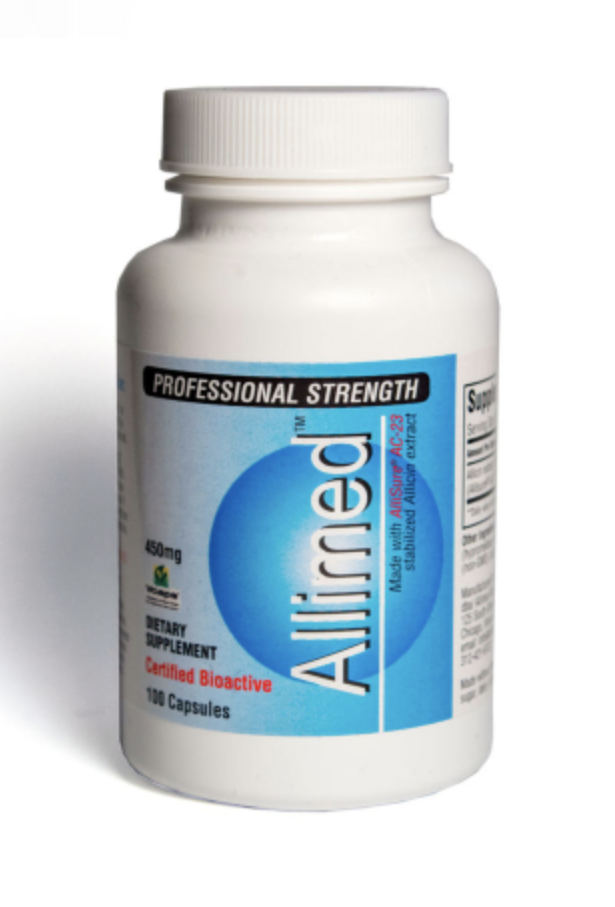
The elemental diet is another commonly recommended treatment for SIBO. Despite the name the elemental diet is actually a rigorous supplementation protocol rather than a diet plan.
The Elemental Diet is a medical food powder that contains a blend of macronutrients fortified with vitamins, minerals, and electrolytes which is typically taken for consecutive 14 days. It is an elemental powder meaning that it is in a “pre-digested” form, to provide ease of digestion and absorption in the GI system (11).
This treatment option tends to significantly lower gas due to its quick absorbance high in the gut, which prevents the bacteria from fermenting it lower in the gut.
Depending on the Elemental Diet formula the powder may contain simple carbohydrates. In susceptible patients this may increase chances of developing yeast or fungal overgrowth ( aka candida overgrowth). In these cases, an anti-fungal may need to be incorporated to the treatment protocol.
The Elemental Diet is an intensely strict protocol as the powder is the only thing the patient is allowed to ingest (besides plain water) for two weeks. Nothing else!
Therefore, compliance tends to be less than optimal with this protocol.
The daily recommended dose of powder depends on caloric needs based on your height and weight.
If you are wondering, I have personally tried this treatment as well.
I began my SIBO treatment with antibiotics, but after my very first dose I experienced extreme nausea, bloating, and just basically felt ill.
I decided to give the Elemental Diet a try. I purchased a bag of the Physicians Elemental Diet Dextrose free.
Excited to get started with treatment I quickly began the protocol.
To my dismay, the taste was extremely sweet and the thought of having nothing else but that powder for two weeks made me feel nauseous.
I quickly realized that this was not the treatment for me and decided to give the antibiotics a second try.
Now, it’s worth mentioning that I have particularly picky taste buds. This being said, I always discuss the taste and strictness of the protocol with patients prior to making a recommendation for this treatment.
It is worth mentioning that plenty of people tolerate the taste well and have found success in eradicating the microorganisms causing their SIBO. If taste is not an issue and you’re up for the challenge, you might want to consider this treatment option as it has about an 80-84% success rate! (12)

It is important to know that diet alone does not cure SIBO!
But, It is an essential part of treatment, and can significantly reduce and manage symptoms.
Because bacteria mostly feed on carbohydrates the recommended diets are low in carbohydrates and are designed to starve the bacteria but feed the person.
It is important to understand that there is no one right diet and that each diet can be customized to the patients’ needs.
Each diet has a great amount of detail and variation.
You can find great resources on SIBO friendly diets on SIBO specialist, Dr. Allison Siebecker’s website! https://www.siboinfo.com/diet.html and also on SIBO expert, Dr. Nirala Jacobi’s website! https://www.thesibodoctor.com/sibo-bi-phasic-diet-free-downloads/
Lastly, I want to review treatments that can further enhance the efficacy of the therapies listed above.
Bile acids are naturally occurring in the human body, produced by the gallbladder to help break down fats into fatty acids, ensuring proper digestion and absorption of micronutrients.
Research has shown that Bile acids increase the bioavailability of Xifaxan increasing its antimicrobial activity and overall efficancy (13).
To break it down, Taking a digestive enzyme containing bile acids ( often labeled ox bile) can additionally support the effectiveness of Xifaxan treatment.
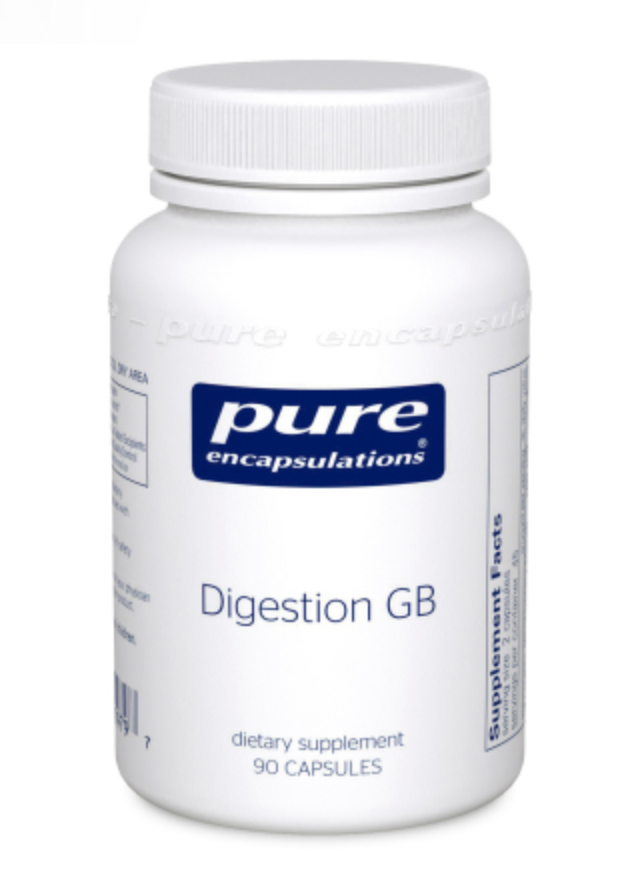
Partially Hydrolysed Guar Guam is a dietary fiber that improves intestinal motility and has been shown to increase effectivenes of Xifaxan in treatment of SIBO (14).
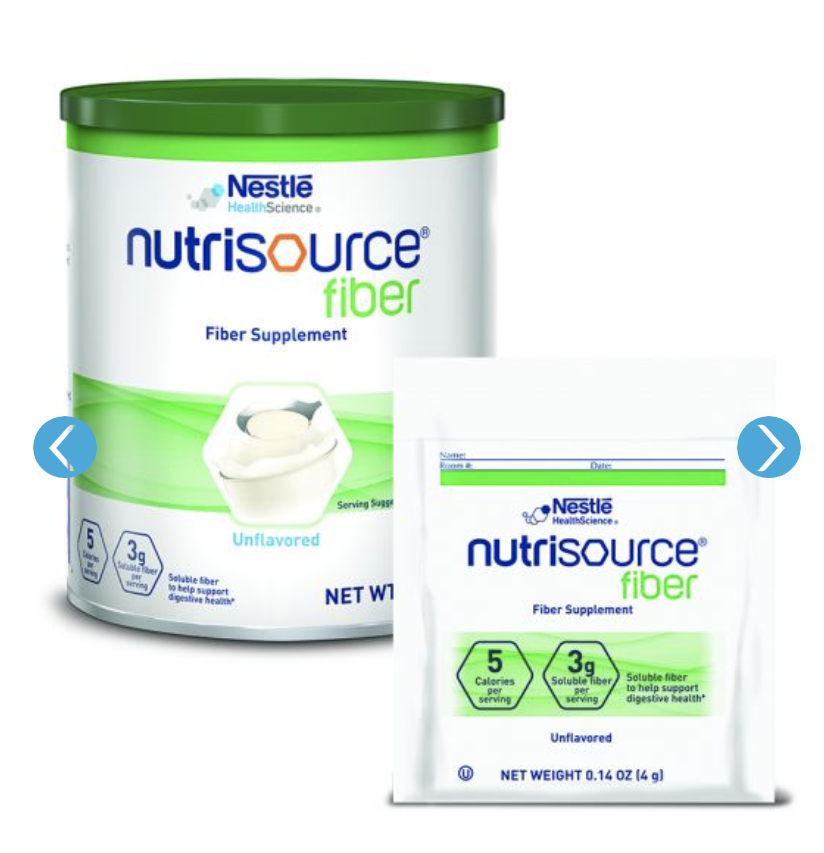
https://www.nestlenutritionstore.com/nutrisource-fiber.html
Biofilm disruptors
A biofilm is a large collection of bacteria cells on a membrane surface ( such as the intestinal lining) that has encapsulated itself for protection from potentially harmful agents, such as antibiotics.(15).
Therefore biofilm formation in the intestinal lining can make it more difficult to kill pathogenic organisms because the antibiotic or the antimicrobials may not be able to penetrate the protective layer to reach the pathogenic microorganisms.
I often use biofilm disruptors to aid in “breaking through” the protective layer and reach the infection where the bacteria has aggregated.
I personally found biofilm disruptors daily and found it to be essential in the treatment of my SIBO.
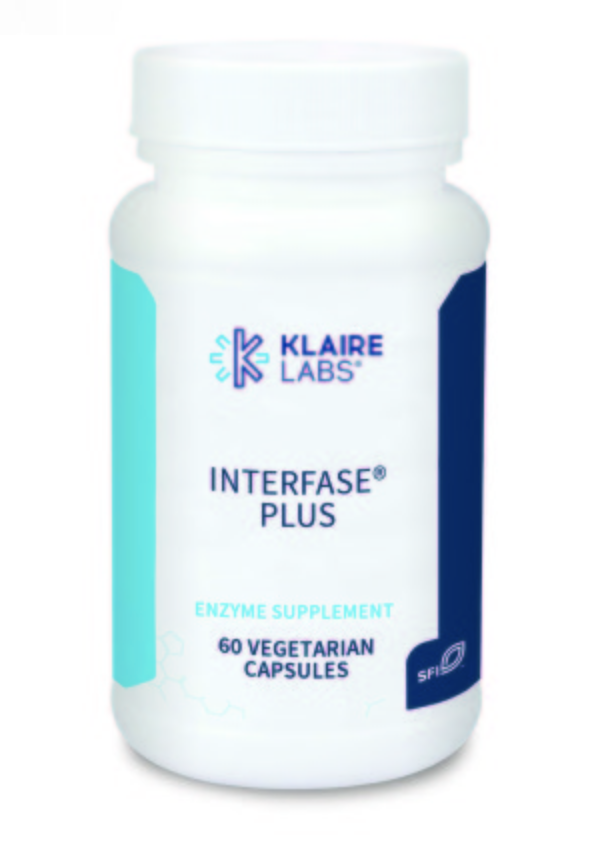
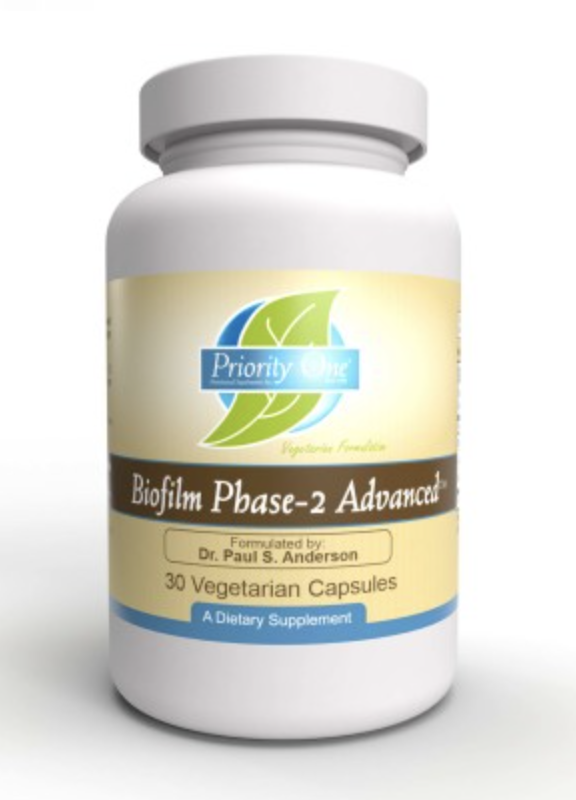
For proper assessment it is important to retest SIBO within 5-10 days after completing treatment, regardless of the treatment option that was chosen.
Re-testing allows us to assess the efficacy of treatment and whether further treatment is necessary. We don’t want to waste time and allow for rebound bacterial overgrowth if SIBO was not fully eradicated on the first treatment.
Please remember that for any case of SIBO multiple treatments are often necessary for full eradication. Therefore,this is especially important with complicated cases to ensure progress in treatment.
Gastrointestinal issues are far too common and can really disrupt quality of life. In fact, GI related concerns are some of the most commonly reported and treated in my practice.
Daily, patients tell me disheartening stories of how they have spent endless hours, dollars, and energy trying to solve the GI dysfunction, with no success.
Even after having extensive lab work and imaging run all results return normal. Provider after provider fails to find a definitive diagnosis leaving them with a diagnosis of exclusion.. IBS, or worse being told “it’s all in your head”.
The worst part of all this, is that all these patients were led down a dead end road, with no cure. They are frequently told there is nothing left to do.
I feel fortunate to be in the naturopathic field.
I can’t imagine where my health would be if I didn’t know about SIBO and my GI concerns went untreated.
I know it can be discouraging, but there is hope!
If you are thinking “wow, this sounds like me” or maybe someone you know, don’t wait! It’s time to make a change.
Work together with your local naturopathic physician, or come into Natural Med Doc for a comprehensive health assessment and development of an individualized treatment plan.
You don’t have to live with terrible GI issues! Take action and change your life today!
Here at Natural Med Doc, we are happy to help you live your best life!
To recap, we discussed the following in this article:
If you are interested in knowing more about other health conditions like Type 2 Diabetes Mellitus, Hypothyroidism and Hyperthyroidism, PCOS, or more, we have easy to understand articles on these topics!